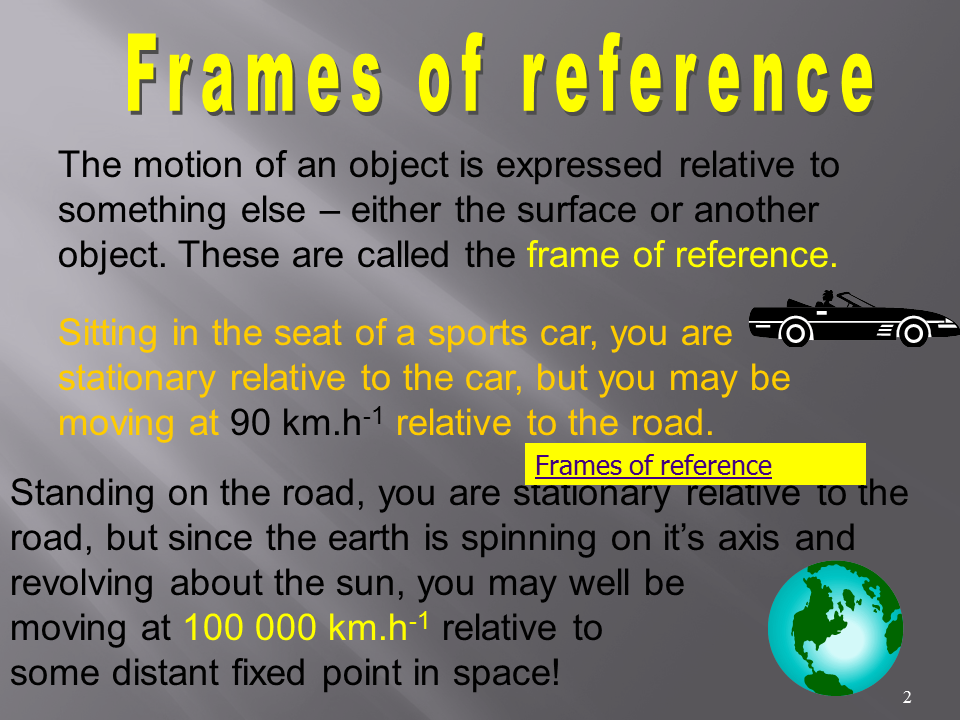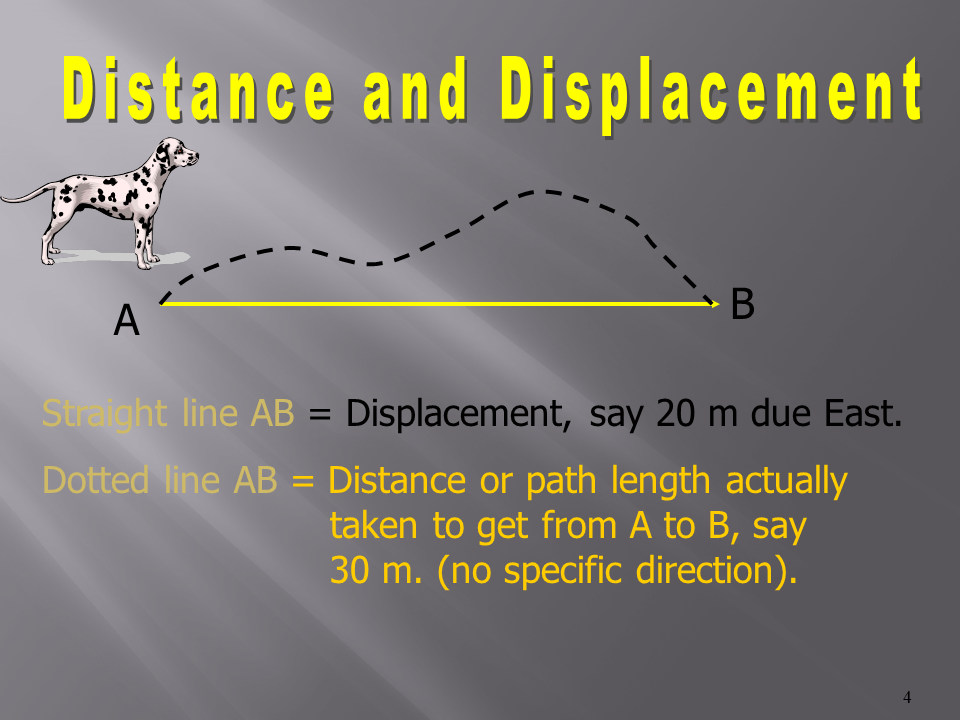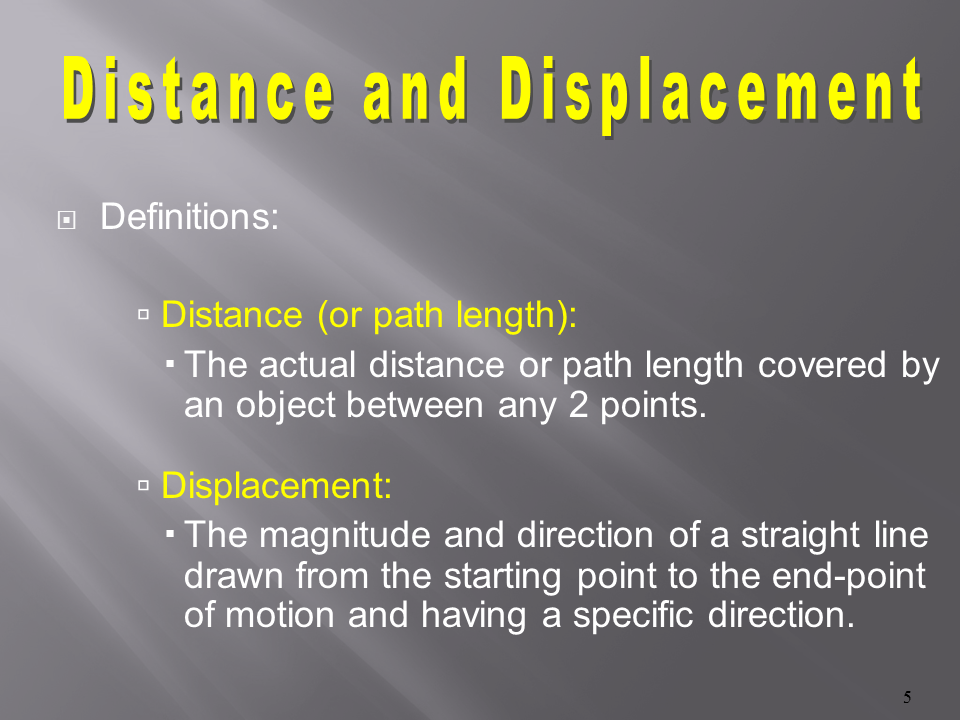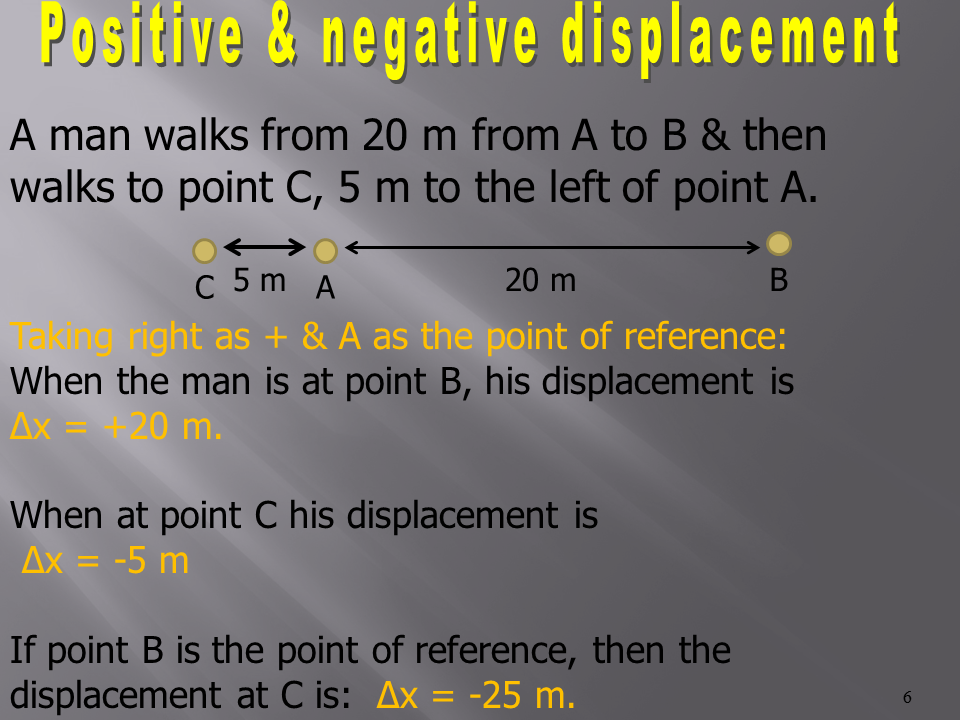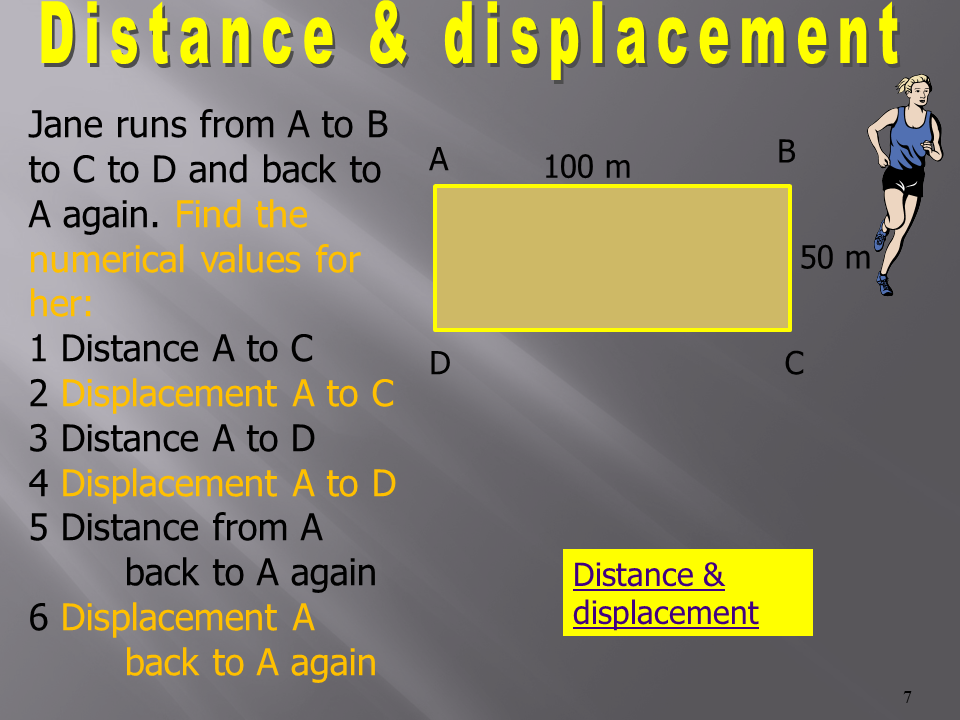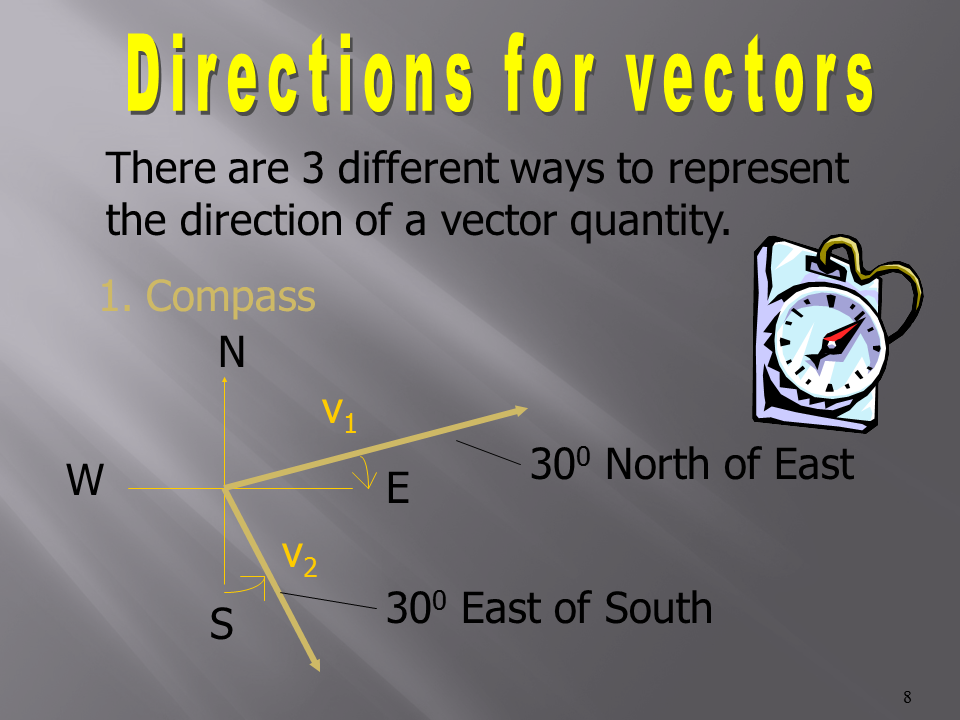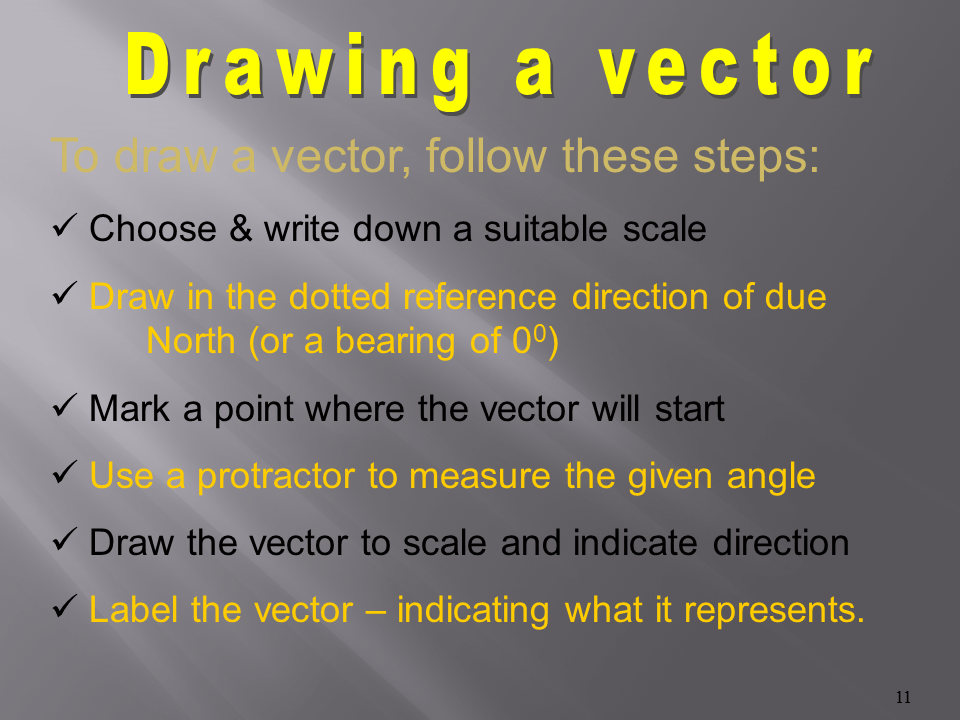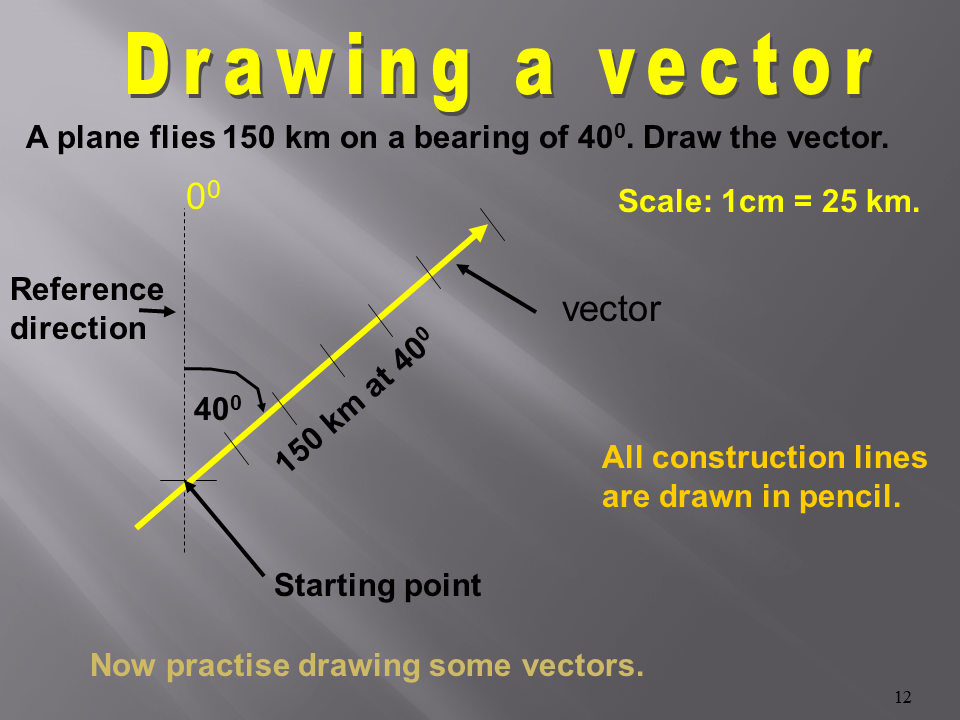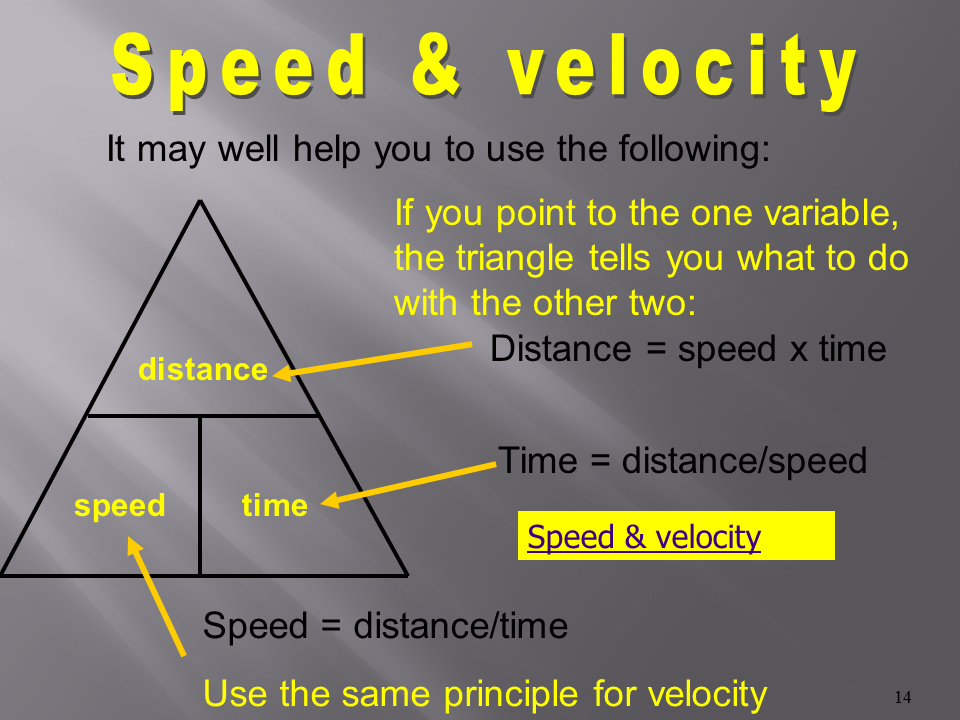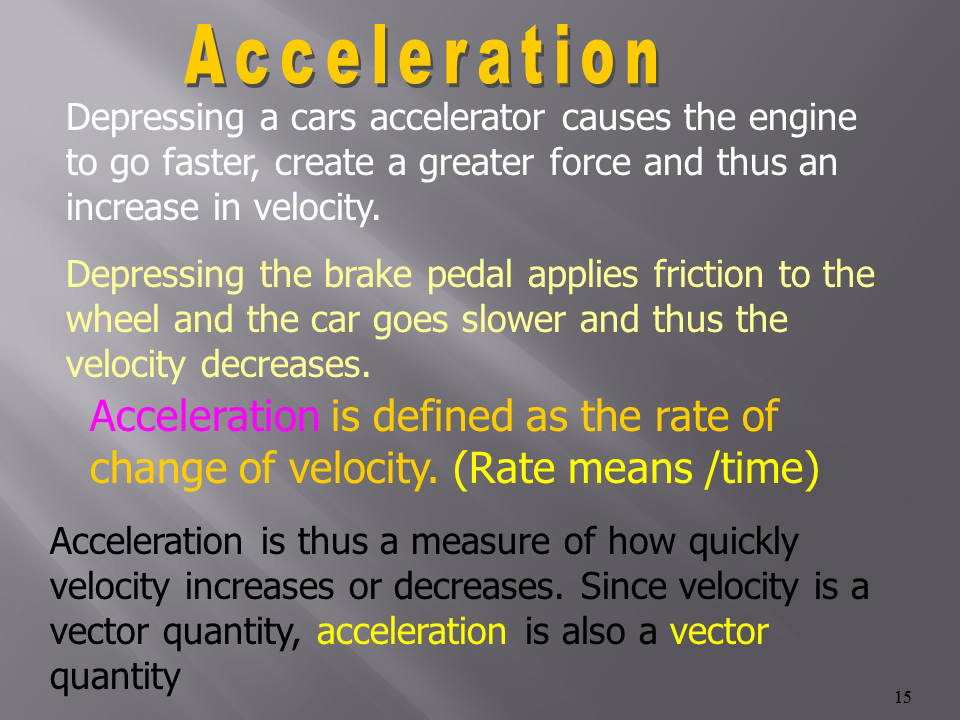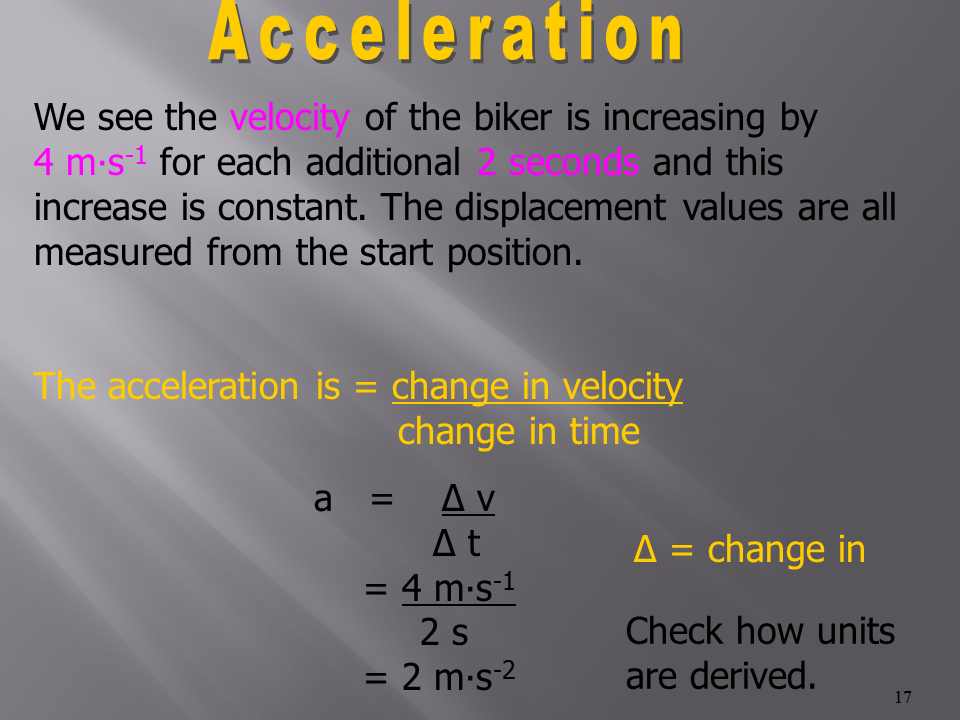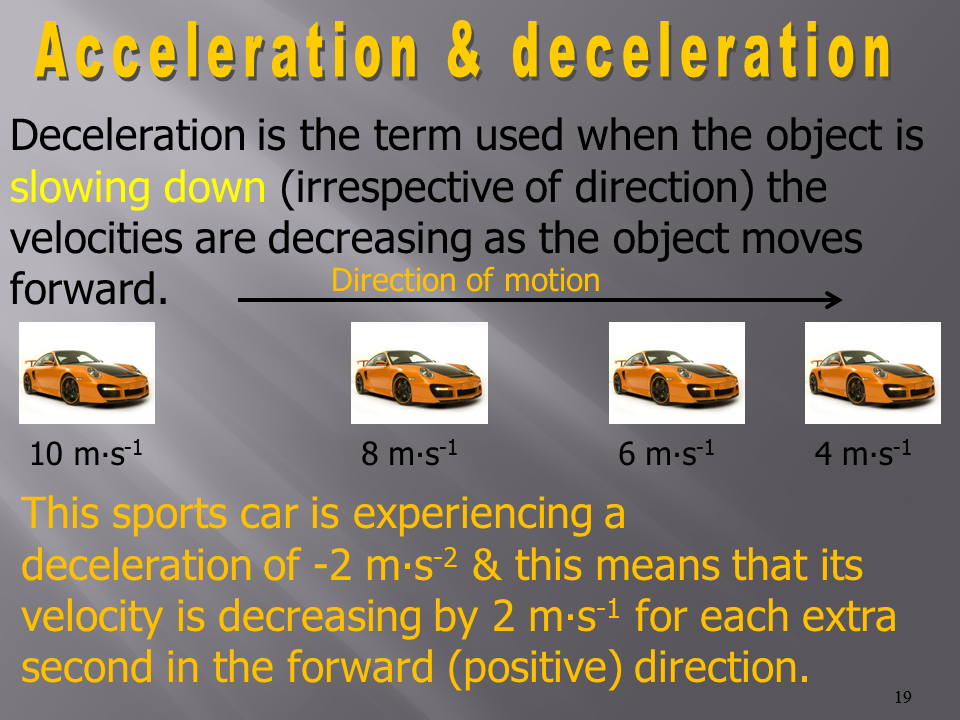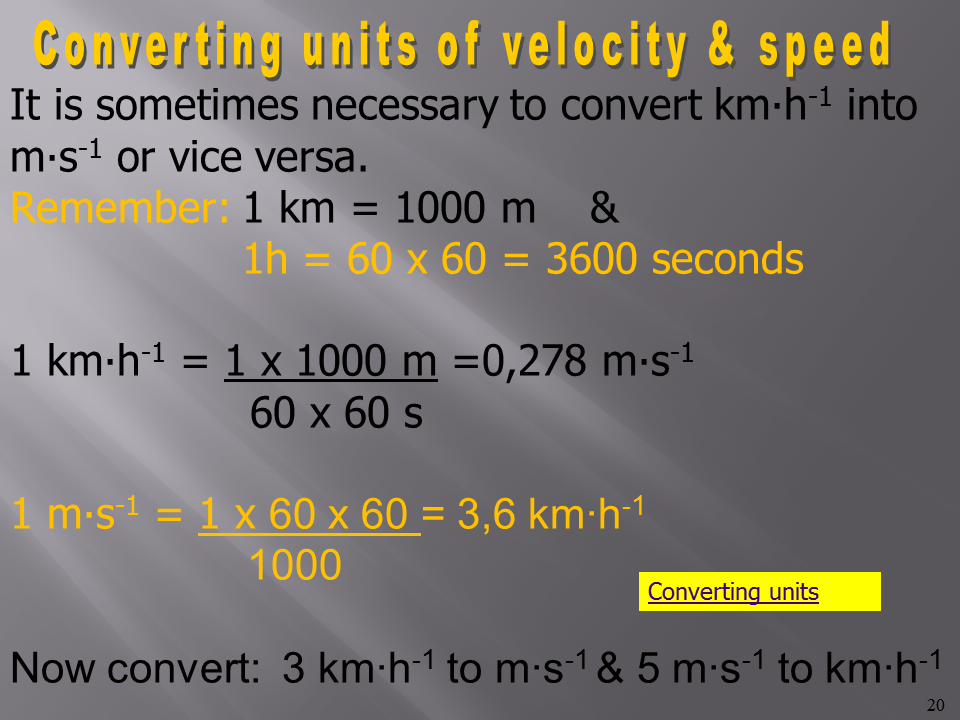Frames of reference are essential concepts in physics that provide a basis for measuring and describing the motion of objects. Essentially, a frame of reference is a coordinate system relative to which motion or position is described.
Imagine you’re on a train moving at a constant speed. From your perspective inside the train, you might see objects inside the train as stationary or moving at the same speed as the train. This is your frame of reference. However, to an observer standing outside the train, those same objects appear to be moving at the speed of the train, relative to the ground. This is their frame of reference.
Frames of reference can be stationary, like the ground, or they can move, like the train. They can also be rotating, like the Earth. Understanding frames of reference is crucial for accurately describing motion, as the same physical event can appear different depending on the observer’s perspective.
In physics, frames of reference help establish a consistent way to measure and analyze motion, allowing scientists to make predictions and understand the underlying principles governing the universe.

